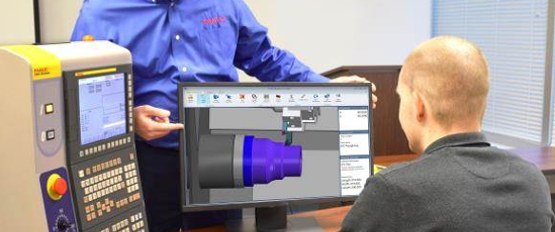

The speed units are first chosen, then the value is entered. It is not part of the motion instruction syntax, merely an indicator to help you. The symbol appears on motion instructions while the robot is current at (or very close to) the location which the position has been recorded. This makes it convenient to first jog to the position you intend to record, then add the motion instruction, as you won't need to "touch up" at all.įor an understanding of the contents of the position variables, see DATA. When a motion instruction is added to a program, it is automatically assigned the next available position number, and the position is recorded as where the robot currently is. They serve as places to store location information.

Position numbers are assigned in the order they are placed. Modifying the contents of a position register will affect all future uses, across all programs. PR used in one program is the same as PR in another. Position registers are "global" variables that stay the same in all programs. PR (position register) – corresponds to predefined location where position can be found. P in one program has no relation to P in another. Each position is unique to the program it is in. Typically recorded by jogging to point and setting as position value. This is not covered in any lab or assignment, and will only appear as extra credit if at all. Circular instructions spill over into the next line on the screen, exactly as shown on the table above.Ī (Circular Arc) – Curved paths calculated from a large number of positions. Always be certain the previous motion instruction's destination is the intended start point for your circle, as otherwise you will encounter the error: "Circle angle too large". The first position in the circle instruction is the midpoint, and the second position is the endpoint. The circle always begin at the robot's current position, and flows through the two positions given in the instruction. Do not use joint when your path may be obstructed by objects or fixtures.Ĭ (Circular) - Move in a circle. Programs should ideally begin with a joint move to a known starting point. It does not need to maintain a specific path, therefore it is the quickest motion type to reach a position, and results in the lowest amount of wear on the robot's joints and gears. J (Joint) – Move from point to point without the requirement of maintaining a straight line. This is a slow, but very precise motion type.

L (Linear) – Move from one point to another in a straight line.


 0 kommentar(er)
0 kommentar(er)
